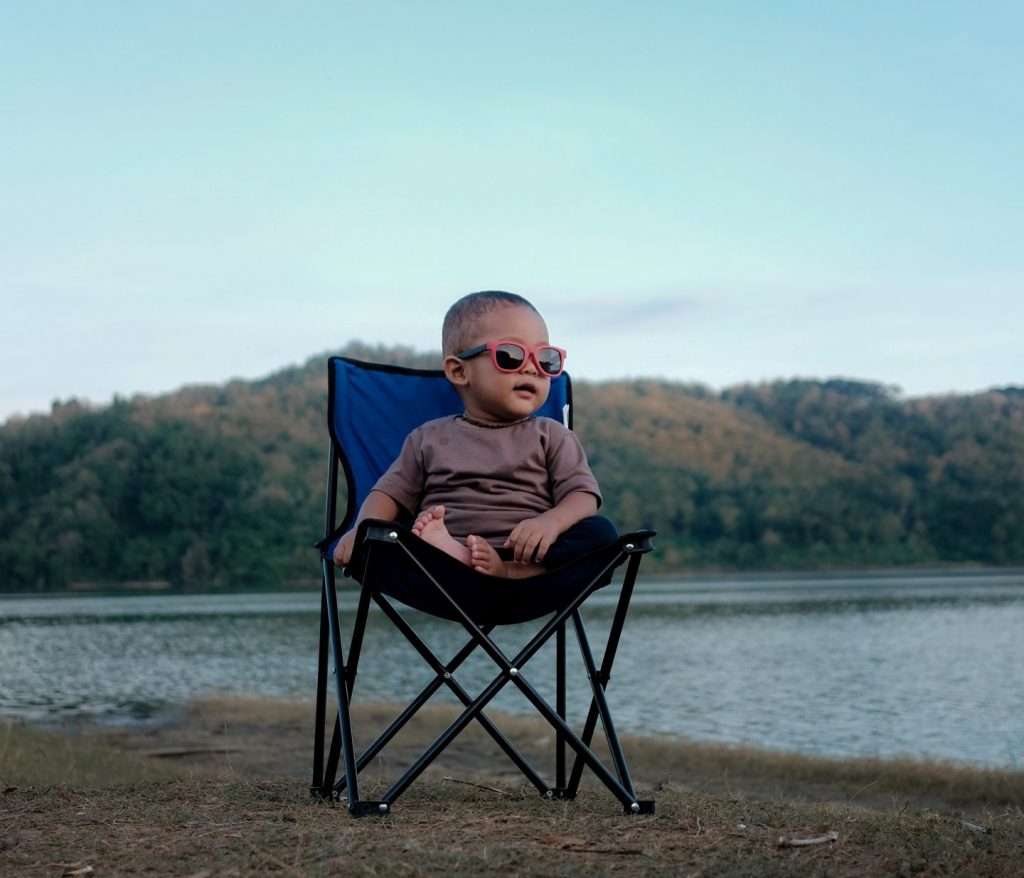Summer means warm weather and longer days — the perfect combination for outdoor family fun. Being outside provides a host of health benefits, but there are risks associated with being in nature. Read on for our top tips to keep your family safe from sunburns, bug bites, and poisonous plants this season!
Sun protection
- Unprotected skin can burn in as little as 15 minutes, but it may take up to 12 hours for the damage to show.
- For younger children, the easiest way to protect them is by wearing clothing made from tightly woven fabric or clothing with an SPF factor.
- Wear sunscreen of at least SPF 50 and reapply at least every two hours, or more if you’re swimming or sweating.
- Pay special attention to often-missed spots like the tops of ears and feet, and your nose.
- Eyes need protection too — exposure can cause permanent damage. Wear sunglasses that block UVA and UVB rays when it’s bright out.
- Protection and prevention is key for sunburns. Research shows a connection between severe sunburns in our youth and increased risk for skin cancer in adulthood, so starting your family out with good habits early on is important.
Bug bites
- Use the right bug spray. Sprays with DEET, Picaridin, or Oil of Lemon Eucalyptus with at least 20-30% strength are the most effective. If you’re in a tick-prone area, DEET will protect you from both mosquitoes and ticks.
- Always apply sunscreen first, and then layer bug spray on top.
- Don’t use products that combine bug spray with sun protection. You should reapply sunscreen often, but use bug spray sparingly.
- Wear closed-toe shoes and tall socks or long pants if you’re walking through tall grasses. When you’re out hiking, stay at the center of the path and away from vegetation.
- If you or a child are stung or bitten, removing any stingers and washing the area with soap and water can help reduce swelling and itching.
- If you have difficulty breathing, swollen lips, tongue, or face, or any other abnormal reaction after an insect bite, seek medical attention immediately.
Poisonous plants
- Remember: leaves of three, let them be! This means if you see any ivy or vine-like plants, look at their leaves. If they grow in clusters of three, stay away!
- Poison ivy is the most common poisonous plant in the Black Hills. It’s usually a ground cover about 10 to 15 inches high, with groupings of three leaves along its vines. It prefers wet, shady locations near streams and ponds.
- Poisonous plants spread their toxin through oils. If your skin or clothing come in contact with poisonous plants, wash them thoroughly.
- Common reactions are itching, swelling, and formation of blisters or red spots on skin. Wash in warm water with soap, and follow up with topical ointments, oatmeal baths, and cool compresses. If your symptoms don’t subside or get worse after a day or two, it’s best to seek medical attention.
- If your skin blisters from contact with poisonous plants, the fluid inside may cause further skin reactions or burns — so take care not to pop them!

